
Medium voltage motor
ABB's motor control series of switchgears provide safe and reliable power for machinery and equipment in most countries around the world through integrated software, hardware and services. He has many years of experience and professional technical level in the field of motor control.
Products and solutions for medium voltage motor control can work independently or as part of an integrated and scalable system.
Motor control, parameters up to 7.2 kV, 50 kA, can be directly spliced with ABB UniGear series switch cabinets, extending outward from both sides of the switch cabinet.
Main advantages:
Can be applied to marine projects with a wide range of applications
Has a high operational reliability to ensure personal safety
The ideal choice for smart grids to meet the challenges of the future
Environmental protection, materials can be recycled
Global factory and service support
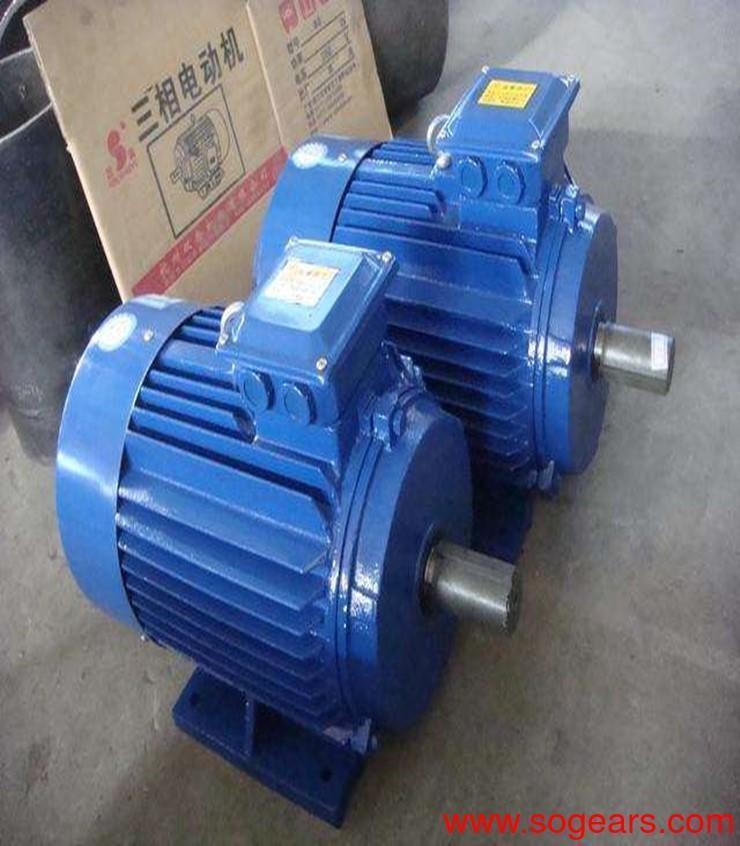
Motor high voltage generally refers to super large motors above 1000V, and 660V/380V/220V/110V are all called medium voltage. Low voltage is mostly for motors below 100V
Single-phase induction motor series, three-phase high-efficiency induction motor series. Dongfang Motor's new generation of AC small standard electric motors. It adopts the highest level of high-efficiency motor, is equipped with a high-strength reducer with excellent stability, and pursues easy-to-use, reasonable price, and cost-effective choice.
A motor refers to an electromagnetic device that realizes the conversion or transmission of electric energy according to the law of electromagnetic induction.
The motor is represented by the letter M in the circuit (the old standard is D). Its main function is to generate driving torque. As the power source for electrical appliances or various machinery, the generator is represented by the letter G in the circuit. Its main function is The role is to convert mechanical energy into electrical energy.
1. Divided according to the type of power supply: it can be divided into DC motors and AC motors.
1) DC motors can be divided according to structure and working principle: brushless DC motors and brushed DC motors.
Brushed DC motors can be divided into: permanent magnet DC motors and electromagnetic DC motors.
Electromagnetic DC motors are divided into: series-excited DC motors, shunt-excited DC motors, separately-excited DC motors and compound-excited DC motors.
Permanent magnet DC motors are divided into: rare earth permanent magnet DC motors, ferrite permanent magnet DC motors and Alnico permanent magnet DC motors.
2) Among them, AC motors can also be divided into: single-phase motors and three-phase motors.
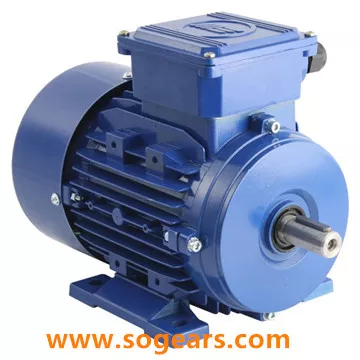
2. According to the structure and working principle, it can be divided into DC motors, asynchronous motors and synchronous motors.
1) Synchronous motors can be divided into: permanent magnet synchronous motors, reluctance synchronous motors and hysteresis synchronous motors.
2) Asynchronous motors can be divided into: induction motors and AC commutator motors.
Induction motors can be divided into three-phase asynchronous motors, single-phase asynchronous motors and shaded-pole asynchronous motors.
AC commutator motors can be divided into: single-phase series motors, AC and DC dual-purpose motors and repulsion motors.
3. According to the starting and operation mode, it can be divided into: capacitor-starting single-phase asynchronous motor, capacitor-operating single-phase asynchronous motor, capacitor-starting single-phase asynchronous motor and split-phase single-phase asynchronous motor.
4. According to the purpose, it can be divided into: drive motor and control motor.
1) Drive motors can be divided into: motors for electric tools (including tools for drilling, polishing, polishing, grooving, cutting, reaming, etc.), home appliances (including washing machines, electric fans, refrigerators, air conditioners, tape recorders, video recorders, etc.) , DVD players, vacuum cleaners, cameras, hair dryers, electric shavers, etc.) and other general small mechanical equipment (including various small machine tools, small machinery, medical equipment, electronic equipment, etc.) motors.
2) The control motors are divided into stepping motors and servo motors.
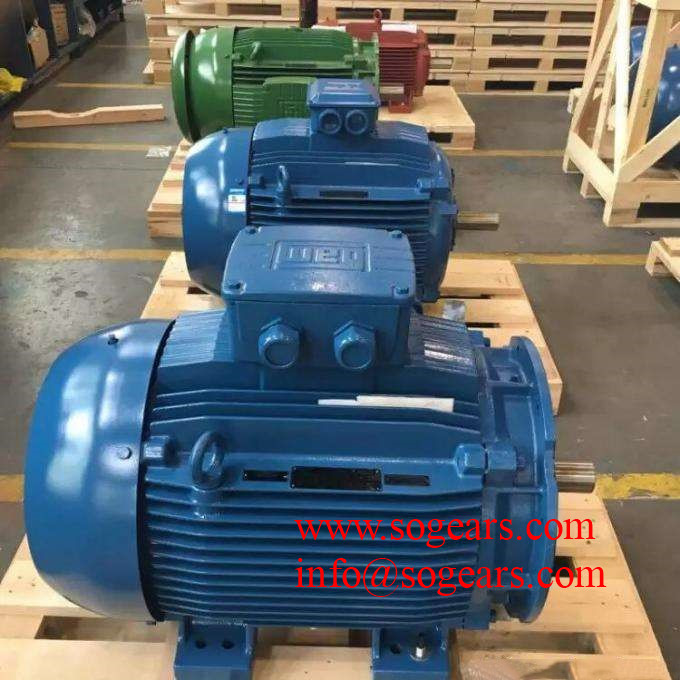
5. According to the structure of the rotor, it can be divided into: cage induction motors (called squirrel cage asynchronous motors in the old standard) and wound rotor induction motors (called wound asynchronous motors in the old standard).
6. According to the operating speed, it can be divided into: high-speed motor, low-speed motor, constant-speed motor, and variable-speed motor. Low-speed motors are divided into gear reduction motors, electromagnetic reduction motors, torque motors and claw-pole synchronous motors.
DC type
The working principle of a DC generator is to convert the alternating electromotive force induced in the armature coil into a DC electromotive force when it is drawn from the brush end by the commutator and the commutation action of the brush.
The direction of the induced electromotive force is determined according to the right hand rule (the magnetic line of induction points to the palm of the hand, the thumb points to the direction of movement of the conductor, and the other four fingers point to the direction of the induced electromotive force in the conductor).
working principle
The direction of the conductor's force is determined by the left-hand rule. This pair of electromagnetic forces forms a moment that acts on the armature. This moment is called electromagnetic torque in a rotating electrical machine. The direction of the torque is counterclockwise in an attempt to make the armature rotate counterclockwise. If the electromagnetic torque can overcome the resistance torque on the armature (such as resistance torque caused by friction and other load torques), the armature can rotate in a counterclockwise direction.
A DC motor is a motor that runs on a DC working voltage and is widely used in tape recorders, video recorders, DVD players, electric shavers, hair dryers, electronic watches, toys, etc.
Electromagnetic
Electromagnetic DC motors are composed of stator poles, rotor (armature), commutator (commonly known as commutator), brushes, casing, bearings, etc.
The stator magnetic poles (main magnetic poles) of an electromagnetic DC motor are composed of an iron core and an excitation winding. According to the different excitation methods (called excitation in the old standard), it can be divided into series-excited DC motors, shunt-excited DC motors, separately-excited DC motors and compound-excited DC motors. Due to the different excitation methods, the law of the stator magnetic pole flux (generated by the excitation coil of the stator pole is energized) is also different.
The field winding and the rotor winding of the series-excited DC motor are connected in series through the brush and the commutator. The field current is proportional to the armature current. The magnetic flux of the stator increases with the increase of the field current, and the torque is similar to the electric current. The armature current is proportional to the square of the current, and the speed drops rapidly as the torque or current increases. The starting torque can reach more than 5 times the rated torque, and the short-term overload torque can reach more than 4 times the rated torque. The speed change rate is large, and the no-load speed is very high (generally not allowed to run under no-load ). Speed regulation can be achieved by using external resistors and series windings in series (or in parallel), or by switching the series windings in parallel.
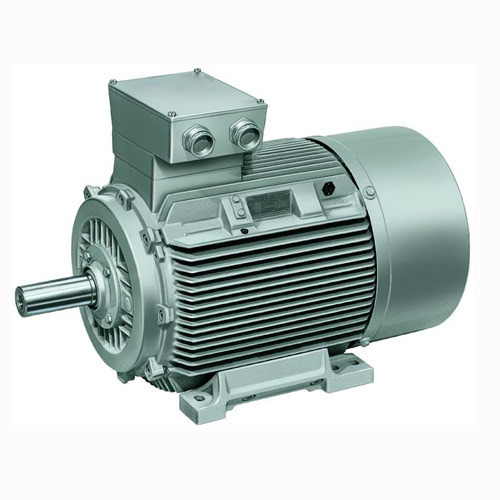
The excitation winding of the shunt-excited DC motor is connected in parallel with the rotor winding, the excitation current is relatively constant, the starting torque is proportional to the armature current, and the starting current is about 2.5 times the rated current. The speed decreases slightly with the increase of current and torque, and the short-term overload torque is 1.5 times of the rated torque. The rate of speed change is small, ranging from 5% to 15%. The speed can be adjusted by weakening the constant power of the magnetic field.
The excitation winding of the separately excited DC motor is connected to an independent excitation power supply, and its excitation current is relatively constant, and the starting torque is proportional to the armature current. The speed change is also 5%~15%. The speed can be increased by weakening the magnetic field and constant power or by reducing the voltage of the rotor winding to reduce the speed.
In addition to the shunt winding on the stator poles of the compound-excited DC motor, there are also series-excited windings connected in series with the rotor windings (the number of turns is less). The direction of the magnetic flux generated by the series winding is the same as that of the main winding. The starting torque is about 4 times the rated torque, and the short-term overload torque is about 3.5 times the rated torque. The speed change rate is 25%~30% (related to series winding). The speed can be adjusted by weakening the strength of the magnetic field.
The commutator segment of the commutator is made of alloy materials such as silver-copper, cadmium-copper, etc., and molded with high-strength plastic. The brushes are in sliding contact with the commutator to provide armature current for the rotor windings. Electromagnetic DC motor brushes generally use metal graphite brushes or electrochemical graphite brushes. The iron core of the rotor is made of laminated silicon steel sheets, generally 12 slots, with 12 sets of armature windings embedded in it, and after each winding is connected in series, it is then connected to 12 commutating plates respectively.
Synchronous motor is a common AC motor like induction motor. The characteristic is: during steady-state operation, there is a constant relationship between the rotor speed and the grid frequency n=ns=60f/p, and ns becomes the synchronous speed. If the frequency of the power grid does not change, the speed of the synchronous motor in the steady state is constant regardless of the size of the load. Synchronous motors are divided into synchronous generators and synchronous motors. The AC machines in modern power plants are mainly synchronous motors.
working principle
The establishment of the main magnetic field: the excitation winding is passed with a DC excitation current to establish an excitation magnetic field between polarities, that is, the main magnetic field is established.
Current-carrying conductor: The three-phase symmetrical armature winding acts as a power winding and becomes the carrier of induced electric potential or induced current.
Cutting motion: The prime mover drives the rotor to rotate (input mechanical energy to the motor), the excitation magnetic field between the polar phases rotates with the shaft and sequentially cuts the stator phase windings (equivalent to the winding conductor reverse cutting the excitation magnetic field).
Generation of alternating electric potential: Due to the relative cutting motion between the armature winding and the main magnetic field, a three-phase symmetrical alternating electric potential whose size and direction change periodically will be induced in the armature winding. Through the lead wire, AC power can be provided.
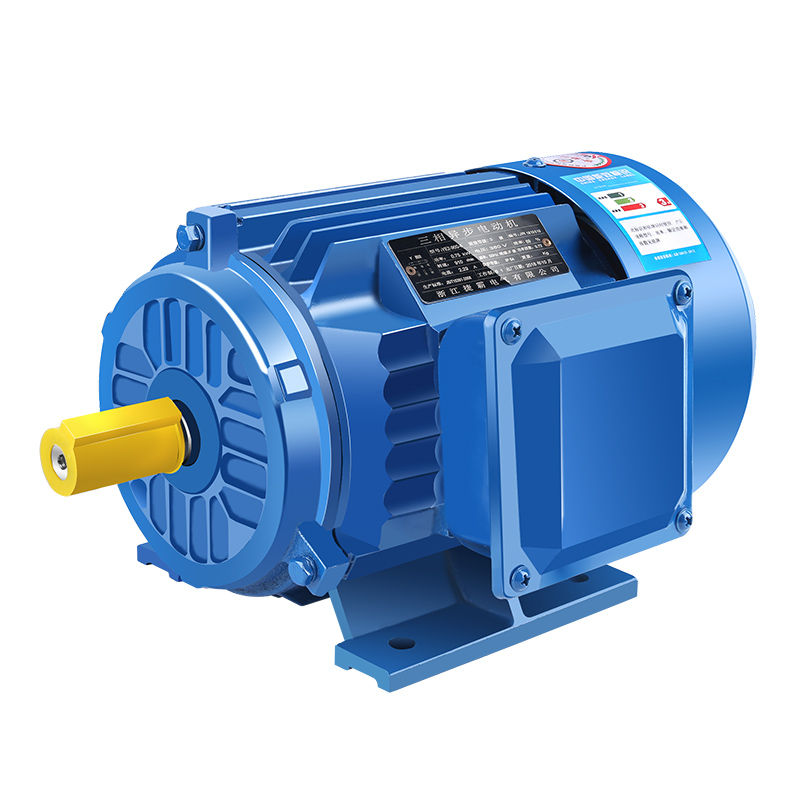
Alternation and symmetry: Due to the alternating polarity of the rotating magnetic field, the polarity of the induced electric potential is alternating; due to the symmetry of the armature winding, the three-phase symmetry of the induced electric potential is guaranteed.
1. AC synchronous motor
AC synchronous motor is a constant-speed drive motor whose rotor speed maintains a constant proportional relationship with the power frequency. It is widely used in electronic instrumentation, modern office equipment, textile machinery, etc.
2. Permanent magnet synchronous motor
The permanent magnet synchronous motor is an asynchronous start permanent magnet synchronous motor. Its magnetic field system consists of one or more permanent magnets, usually inside a cage rotor welded with cast aluminum or copper bars, and is installed according to the required number of poles. Magnetic poles inlaid with permanent magnets. The stator structure is similar to that of an asynchronous motor.
When the stator winding is connected to the power supply, the motor starts and rotates according to the principle of asynchronous motor, and when it accelerates to a synchronous speed, the synchronous electromagnetic torque generated by the permanent magnetic field of the rotor and the stator magnetic field (the electromagnetic torque generated by the permanent magnetic field of the rotor is compared with The reluctance torque synthesis produced by the stator magnetic field pulls the rotor into synchronization, and the motor enters synchronous operation.
Reluctance Synchronous Motor Reluctance Synchronous Motor, also known as reactive synchronous motor, is a synchronous motor that generates reluctance torque by using the rotor quadrature axis and direct axis reluctance to generate reluctance torque. Its stator has a similar structure to that of an asynchronous motor, except for the rotor structure. different.

The best service from our transmission drive expert to your inbox directly.
Our Service
Get in Touch
Yantai Bonway Manufacturer Co.ltd
ANo.160 Changjiang Road, Yantai, Shandong, China(264006)
T+86 535 6330966
W+86 185 63806647